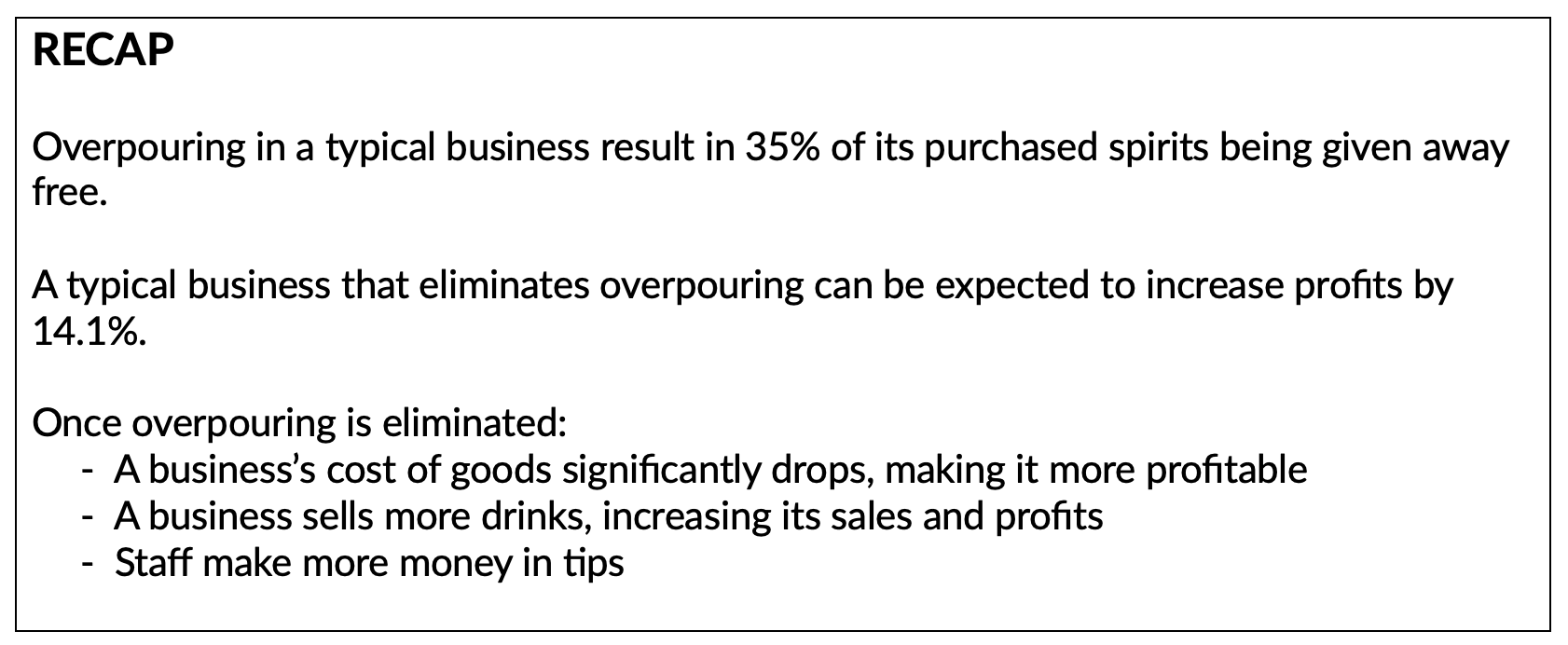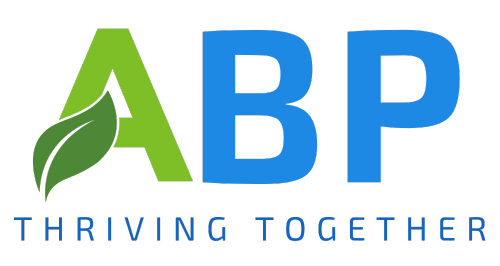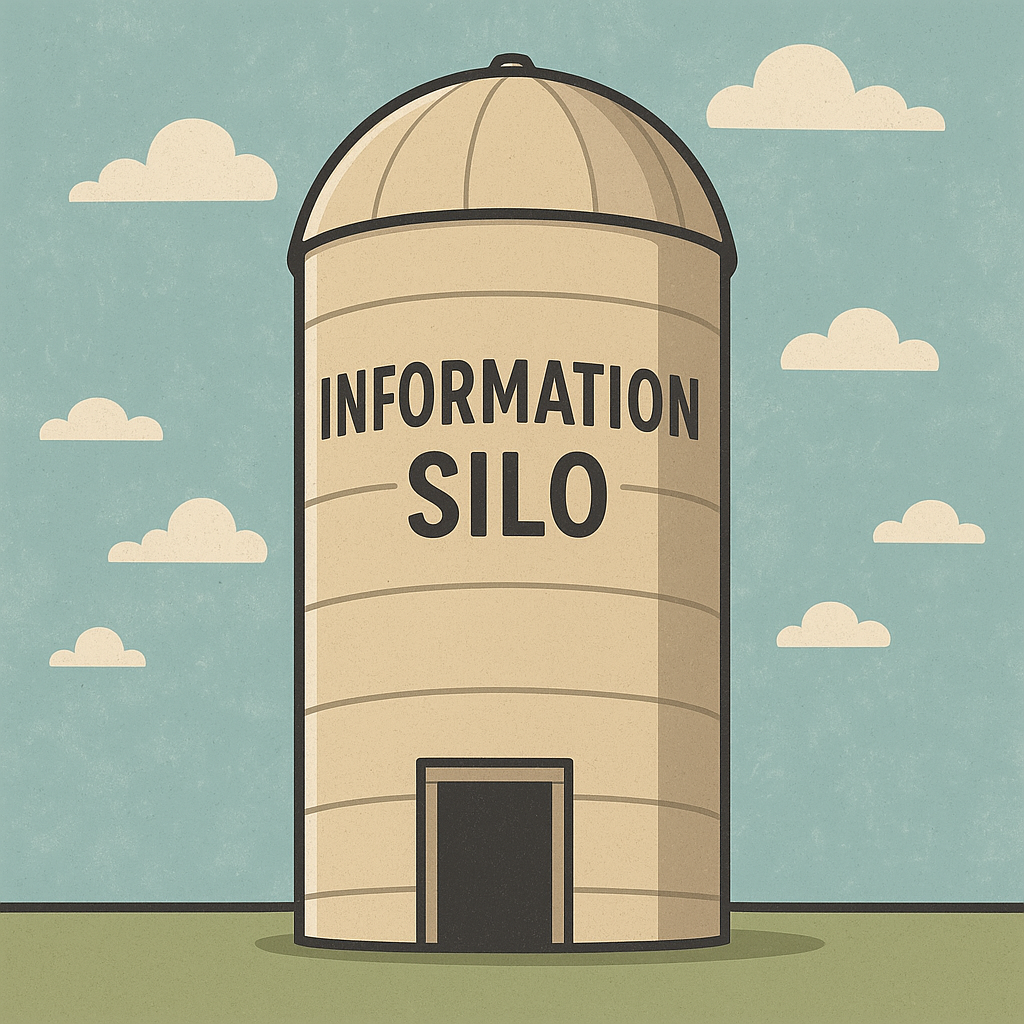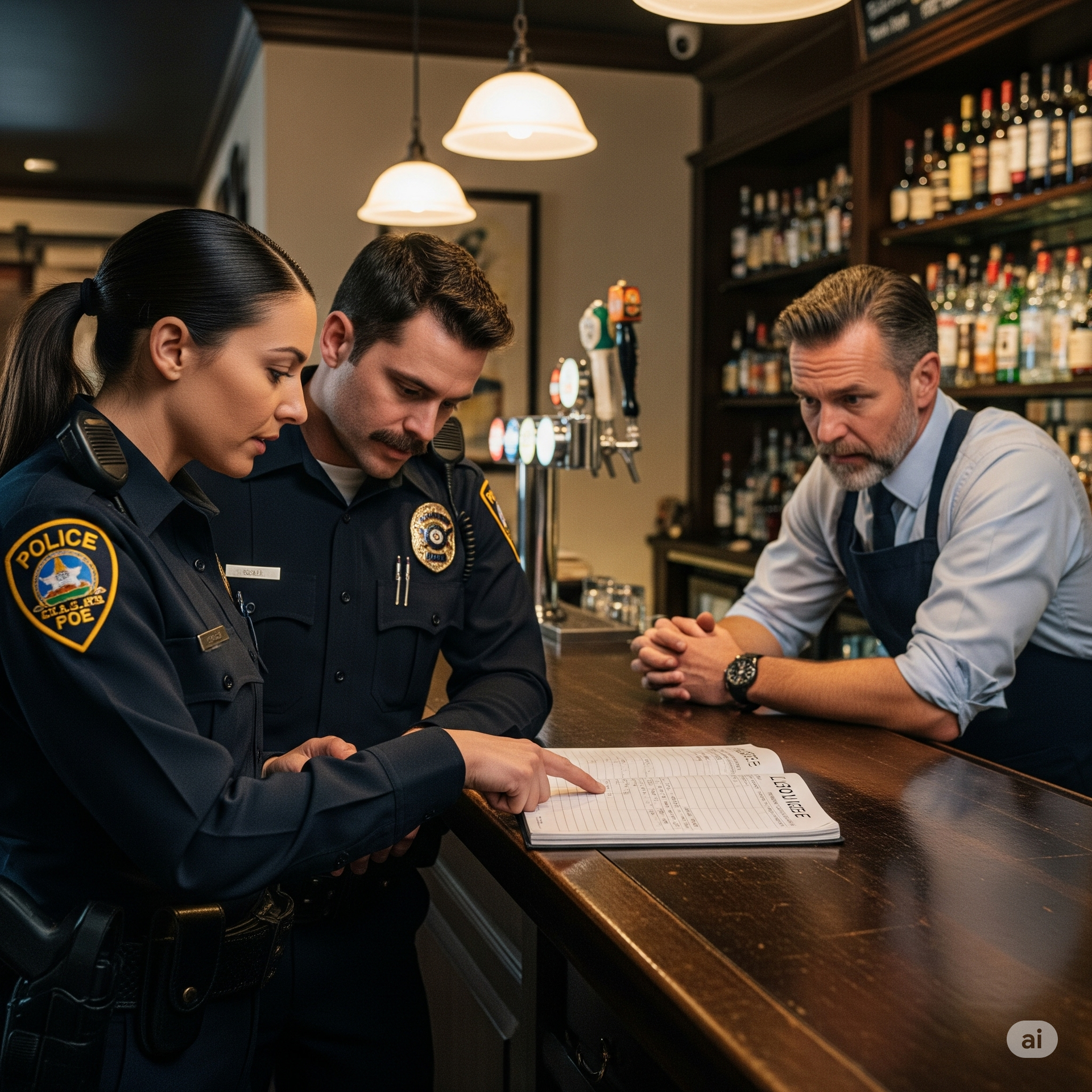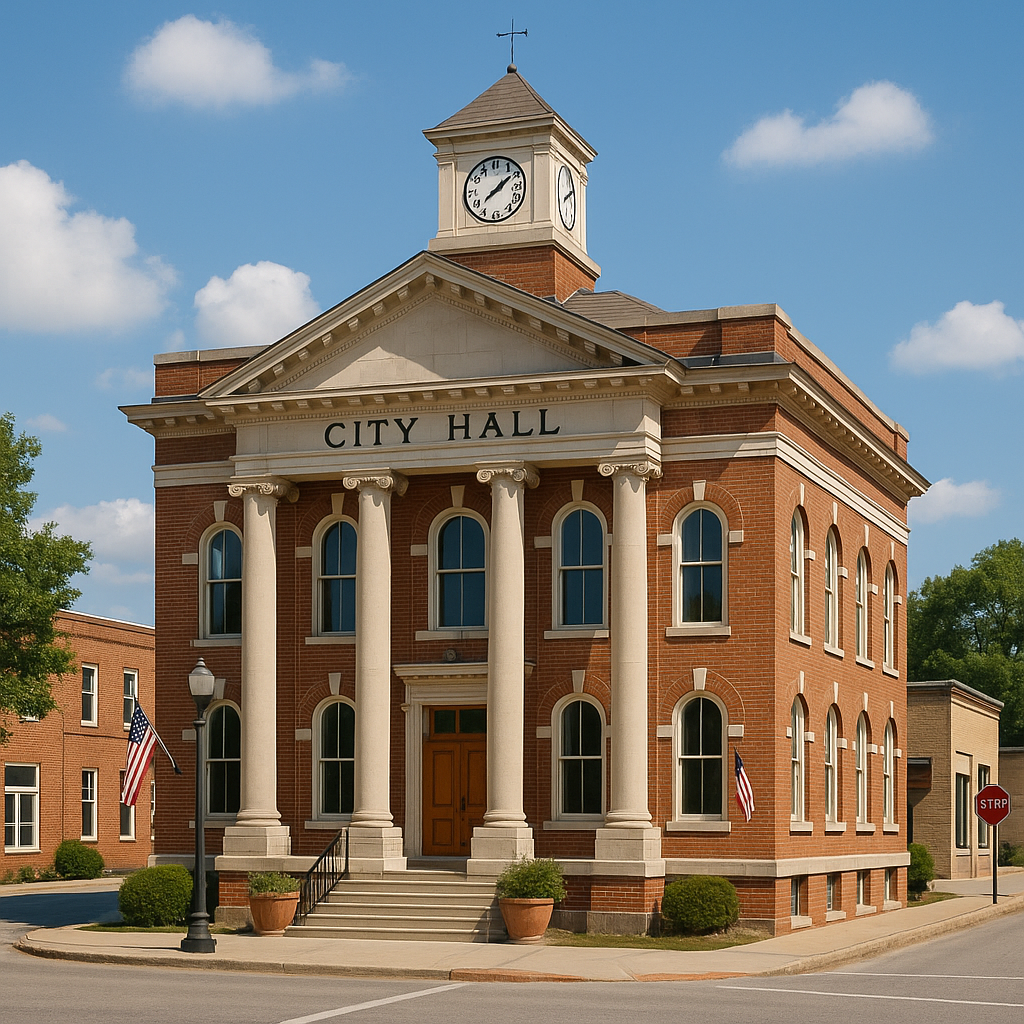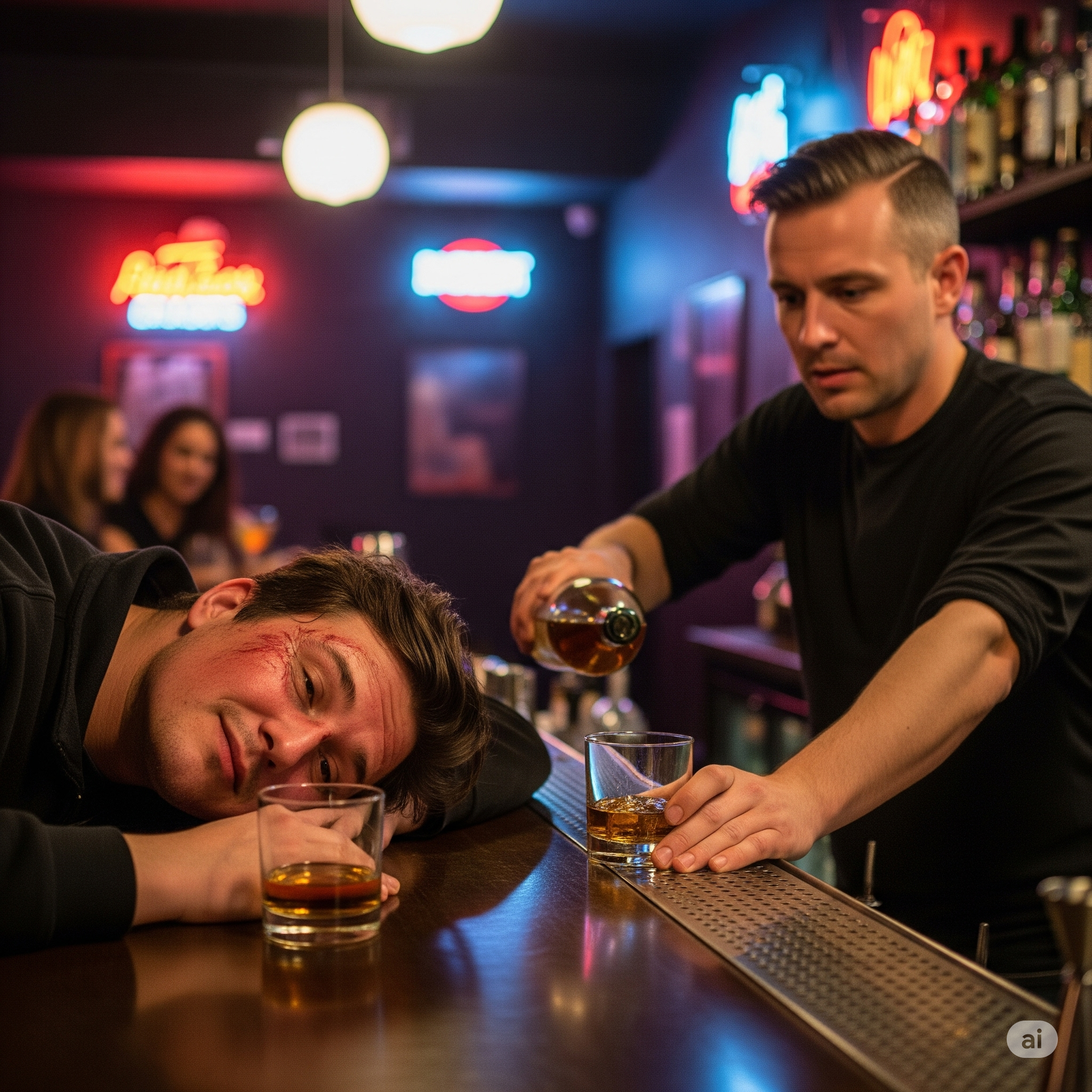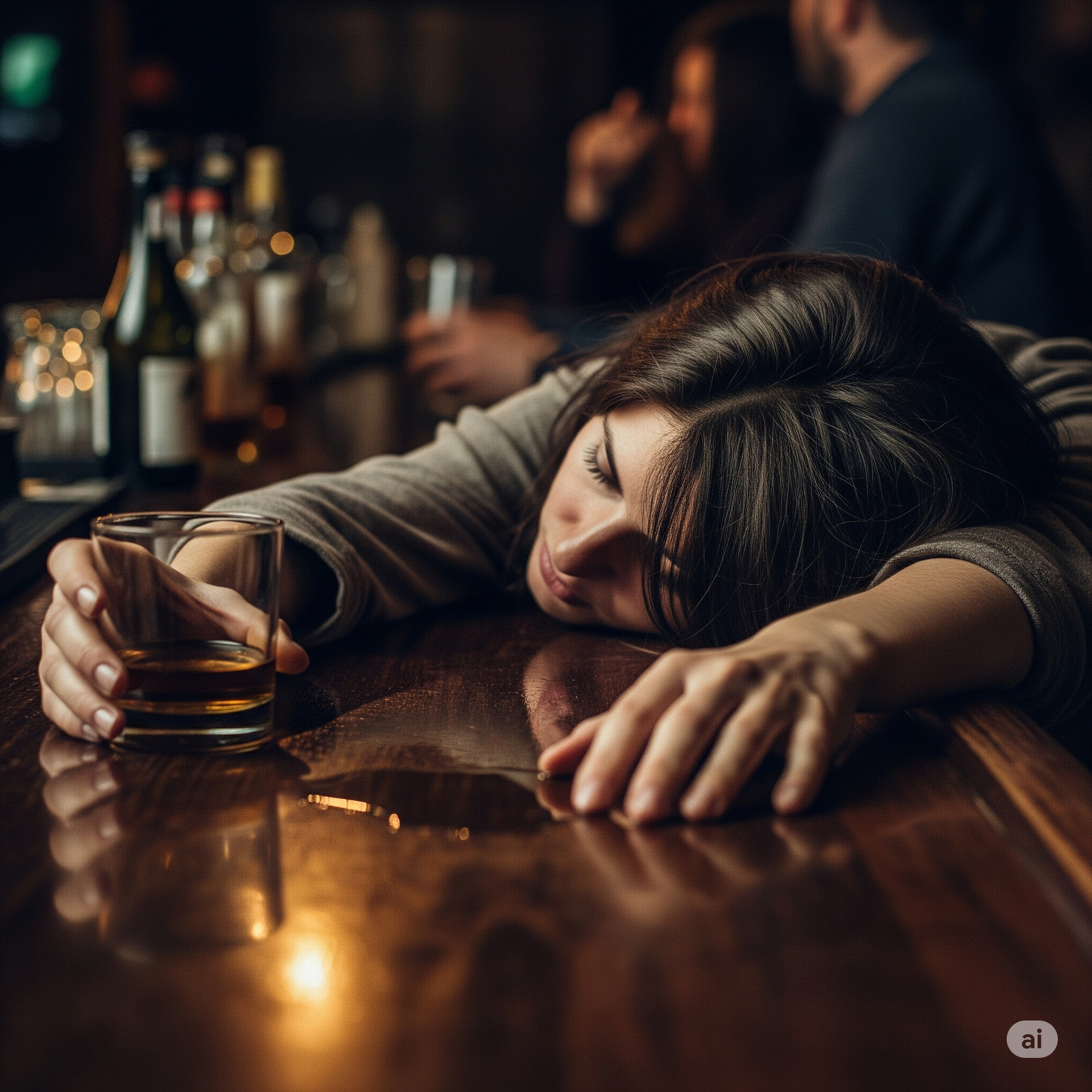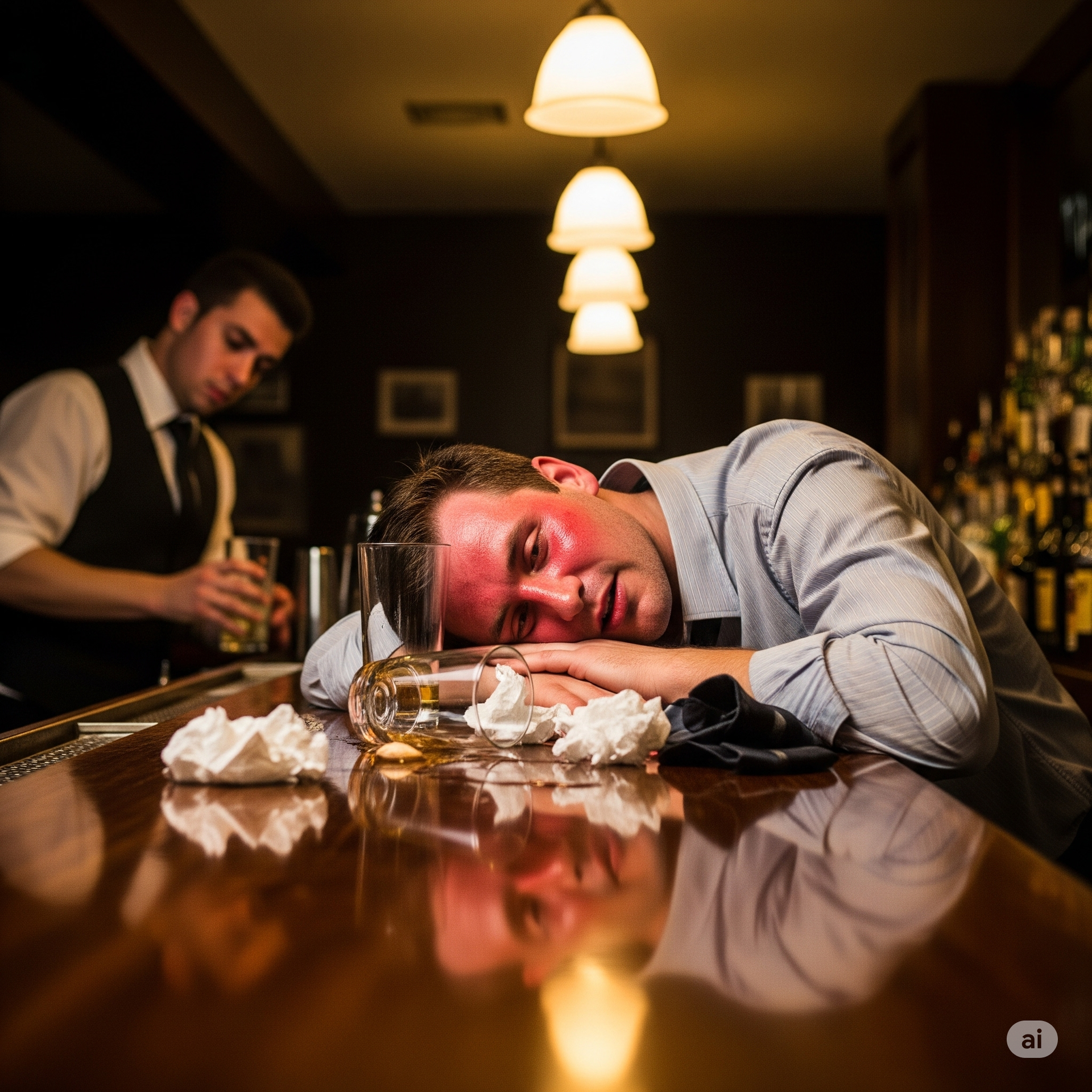The Staggering Costs of Overpouring
(2nd in the "It’s Not Magic, It’s Math" series)
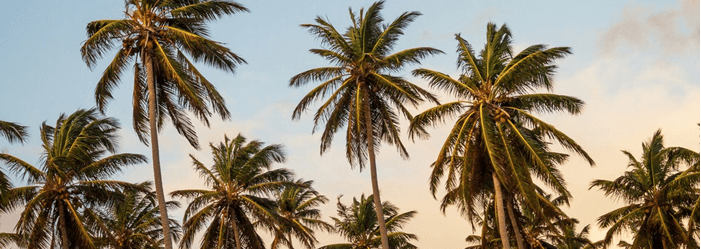

Short on Time? Skip to the Recap Below!
Why Focus on Business Impacts First?
Why begin with the negative impact of overpouring on businesses versus the adverse impact it has on community safety, or how it increases calls for service?
By understanding how eliminating overpouring tremendously benefits businesses, we appreciate how likely businesses are to embrace the profitable pouring practice shared in the Best Practices for Nightlife Establishments booklet.
For a best practice to be useful, it's critical to connect the dots between it and its business benefits.
The Math of Overpouring
In a business selling 7 one-spirit cocktails for every 3 multi-spirit cocktails, this is the calculation to determine a weighted average overpour.
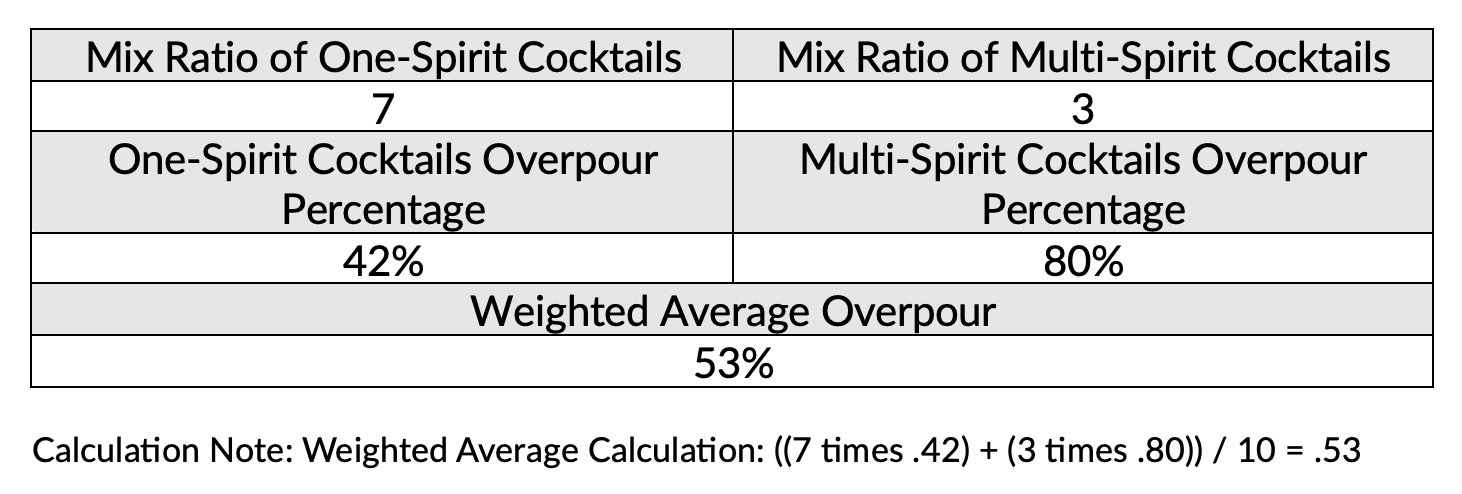
The Financial Impact
A 53% overpour means 35% of spirits purchased are effectively given away for free.
Calculation:
y = Desired pour level
x= Actual pour
% Overpour = (x-y)/y
% Poured that was waste = (x-y)/x
Given the constraint that % overpoured = 0.53:
(x-y)/y = 0.53
x/y-1 = 0.53
x/y = 0.53+1
x/y=1.53
Thus, y/x = 1/1.53
or y/x = 0.65
We know from the constraint that y/x=0.65, thus, % of what was poured that was waste = (x-y)/x or: (x-y)/x = 1-y/x = 1-0.65 = 0.35 or 35%
Using derived ratios, 65% of each poured spirit is used effectively, and 35% is wasted, translates as:
For a typical business, more than a third of the spirits they purchase are given away free.
Lost Revenue (Opportunity Cost)
Overpouring reduces the opportunity to sell more drinks because customers get intoxicated faster, consuming fewer beverages overall.

Input from my clients who have significantly reduced or eliminated overpouring suggests that around 1 out of 8 customers orders an additional drink after adopting profitable pouring practices. The number of extra drinks sold depends on the level of the initial overpouring.
This means bartenders and servers make more money once overpouring stops because it increases sales and tipping opportunities.
Let’s consider how eliminating overpouring might impact profits if the business:
· Typically overpours its spirit cocktails by 53%.
· Historically sells on average 2.5 spirit cocktails per customer.
· Finds that 1 out of 8 customers now orders an additional cocktail.
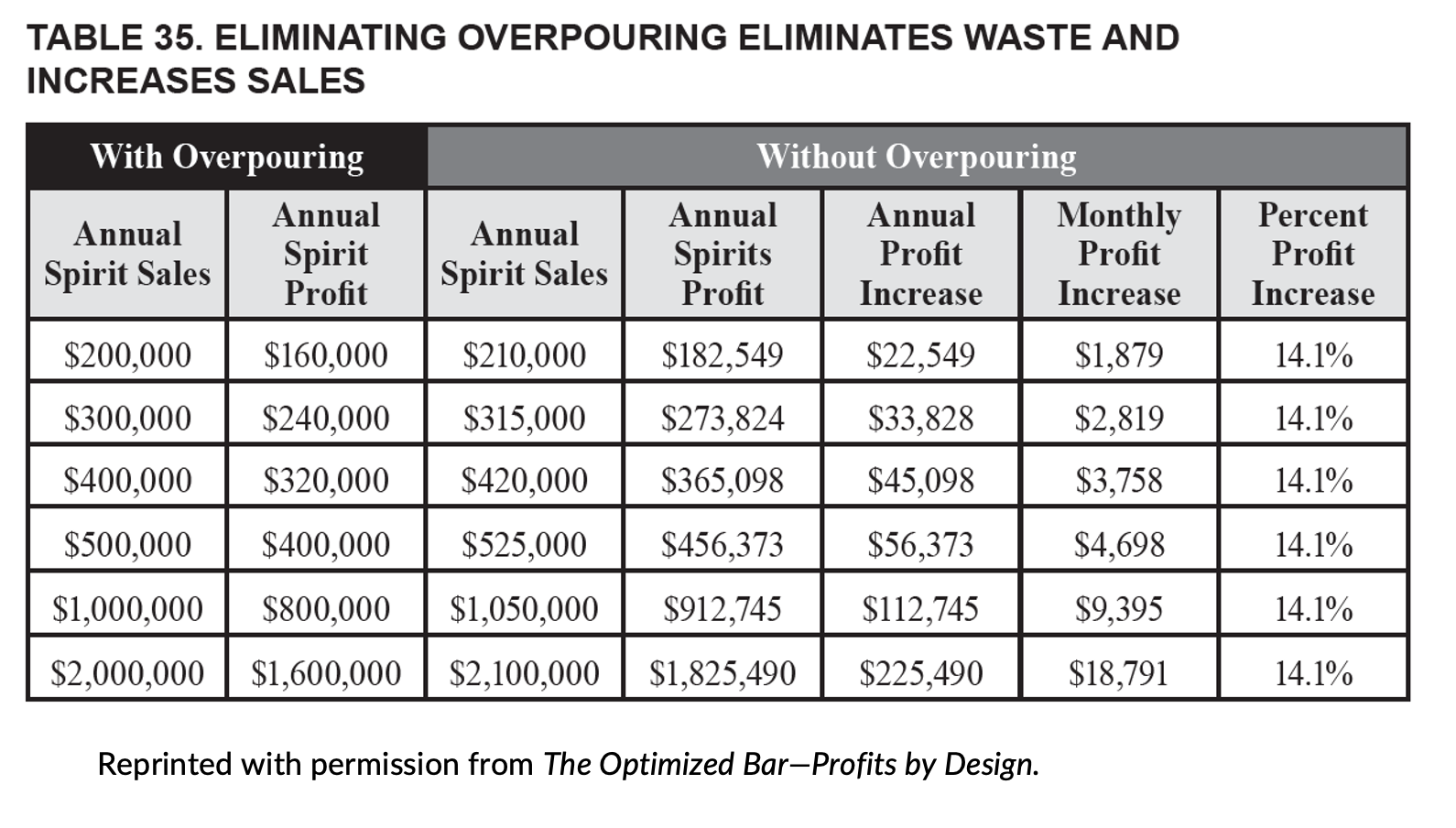
Final Thoughts
Even customers who order additional drinks after overpouring stops remain less intoxicated because they consume slower, metabolizing more alcohol in the process.
Note:
Before opening restaurants, I worked for 3M's Orthopedic Division as a Quality Assurance Technologist, conducting statistical analysis.
Upcoming in the It’s Not Magic, It’s Math series:
- Profitable Pouring Guards the Customers & Communities
- Case Study: Overpouring Eliminated
- My $14,000,000 Mistake
- The People Behind the Numbers
